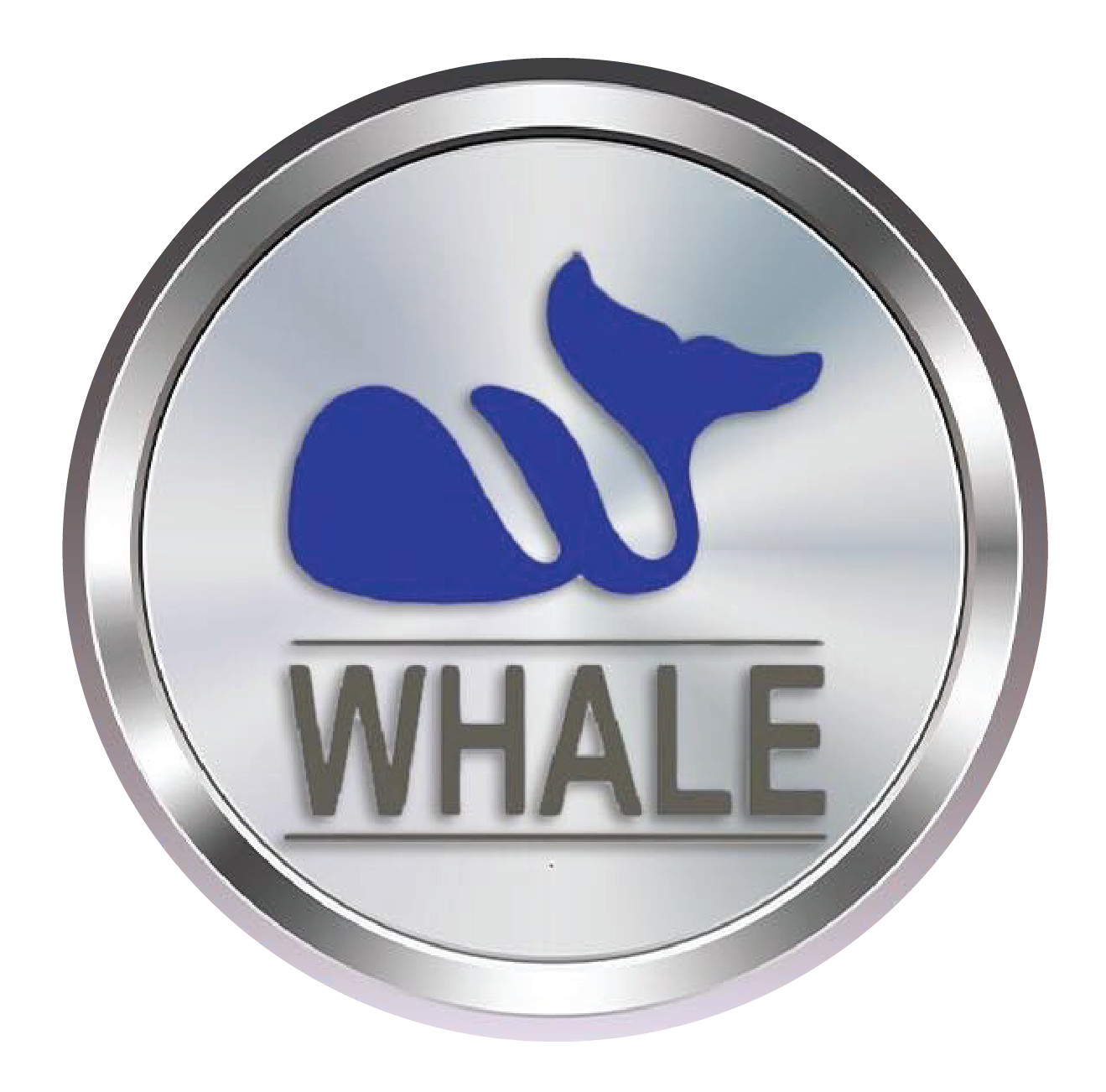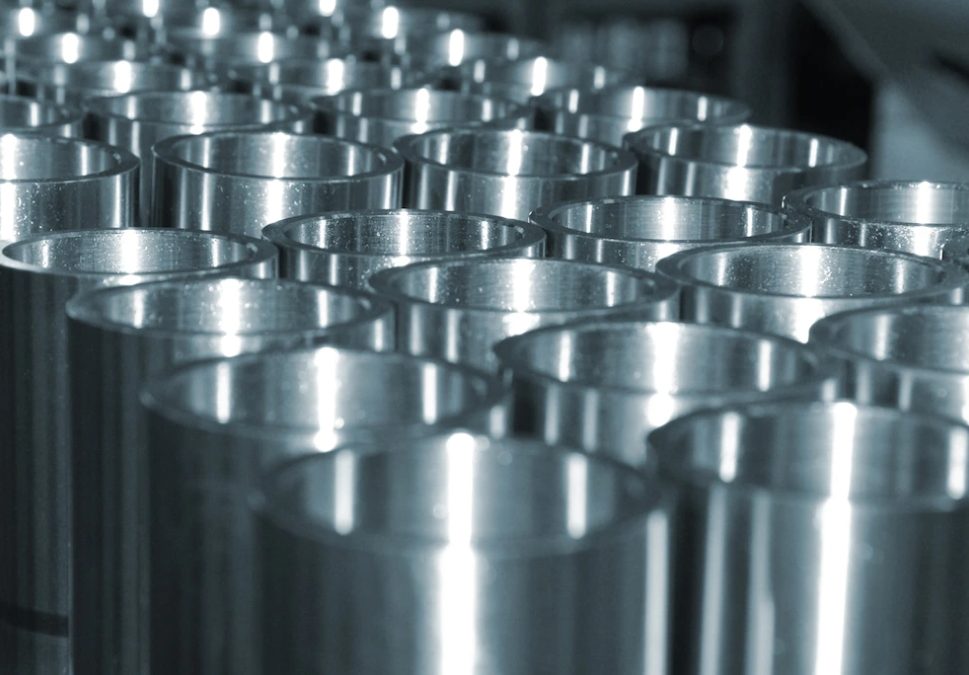Stainless steels are generally divided into five groups according to their structure:
1. Austenitic
2. Ferritic
3. Duplex
4. Martensitic
5. Crystallized hardened steel
It is estimated that 70 percent of stainless steel production in the world is stainless. The Austenitic family, also known as the “300 Series”.
– Austenitic family Austenitic, containing at least 0.15 percent carbon, at least 16 percent chromium and nickel, or which improves Formwork properties and increased corrosion resistance Some grades contain manganese. They typically contain 18 percent chromium, 10 percent nickel, and are often referred to as 18/10, similar to 18/0 and 18/8.
– Ferritic family (Ferritic) has magnetic attraction properties. Chromium is the primary alloying element between 10.5-27 percent, some grades mix a little bit of nickel. Some grades are alloyed with molybdenum. or aluminum, titanium
– Martensitic family Martensitic is a family with less corrosion resistance than austenitic. and ferritic But it is more durable and stronger. It has magnetic attraction properties. They generally contain 14 percent chromium, 0.2-1 percent molybdenum, 0-2 percent nickel and 0.1-1 percent carbon, which can be hardened by heating and cooling. Fast sample and temper It is commonly known as the “-00 series”.
– duplex family (Duplex) because it has a mixed structure between Ferrite and Austenite Structure Therefore, it is stronger than austenitic and is resistant to pinhole and crevice corrosion. It contains between 19 and 28 percent chromium, more than 5 percent molybdenum, and less nickel than the austenitic family. Austenitic is very active in high chloride environments.
– The crystallization hardening family has corrosion resistance comparable to that of the austenitic family. It is stronger than the commonly known 17-4H martensitic family. It contains 17 percent chromium and 4 percent nickel, copper and niobium, because this type of stainless can be hardened in one go. It is therefore suitable for making spindles, pumps, valve heads and aircraft components.
Source: Thai Stainless Steel Development Association (TSSDA)
ข้อมูลเพิ่มเติมเกี่ยวกับข้อความต้นฉบับนี้ต้องระบุข้อความต้นฉบับเพื่อดูข้อมูลเพิ่มเติมเกี่ยวกับคำแปล
ส่งความคิดเห็น
แผงด้านข้าง

